A Shallow History
In the past, fishing was sustainable at regular rates, because fisherman lacked the modern resources that make catching mass quantities of fish at deeper levels on larger ships possible today. In today’s world, the demand for seafood is ever increasing as millions of people around the world depend on the seas for sources of food and income.
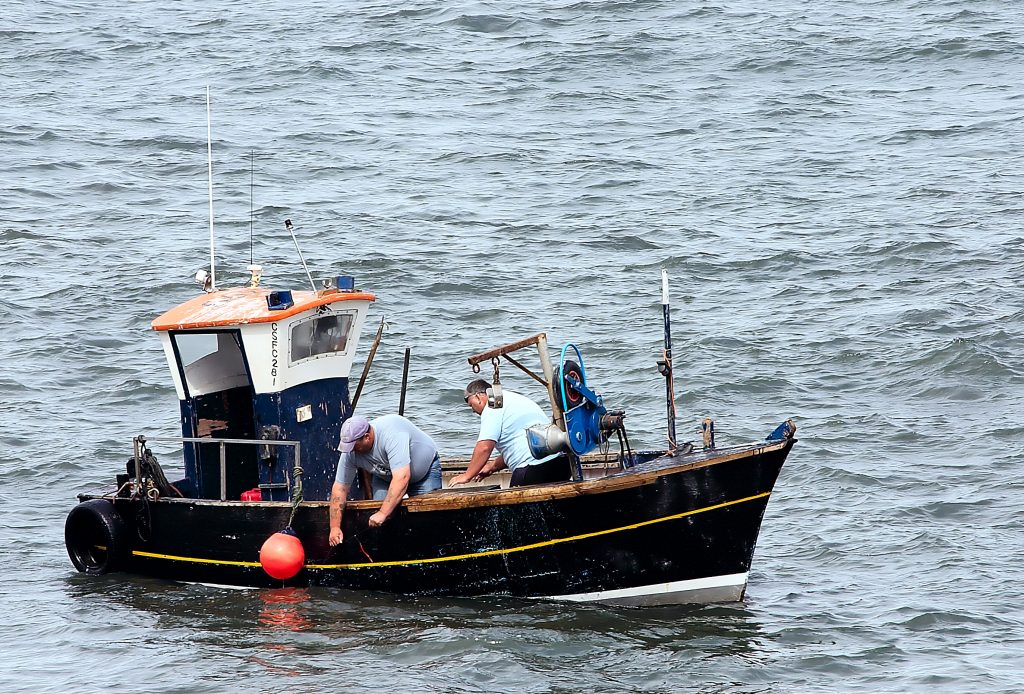
What is Overfishing?
Overfishing is the growing issue that effects the environment through catching too many fish in an area quicker than the fish can reproduce and repopulate. Young offspring that are not valued aren’t given a chance to grow and contribute to a growing fish population. Accidentally capturing non-targeted fish that are not required or used are thrown away at sea or at the shore. When fish are caught in large volumes around the world like they are, sea life diminishes.
The Impact of Overfishing
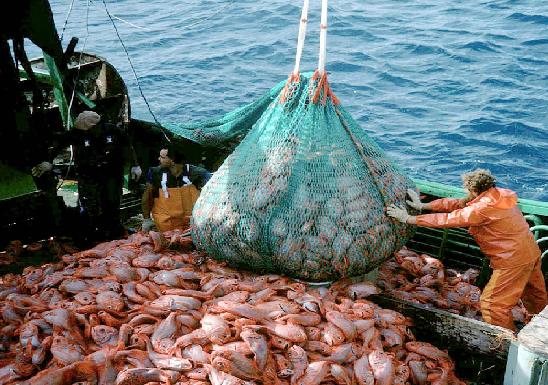
“Every single aquatic plant and animal has a role to play when it comes to balancing the ecology. In order to thrive, marine creatures require a certain kind of environment and nutrients, for which they may be dependent on other organisms”. (Marine Science Today, 2008).
Other than shrinking fish populations, overfishing changes ecosystems and our economy.
Economically, we have pushed our oceans to the limit where fish supply is scarce. This can be detrimental to the people who rely on fishing and aquatic life for food and a way of life.
Environmentally, we have stripped our beautiful oceans of aquatic life for decades and will continue to destroy habitats until there is nothing left if we don’t put in protective practices now. “One of the chief consequences of industrial fishing is that some species have been overfished to the point of near extinction” (Hill, 2020).
Small Sustaining Solutions
Some projects in the works have shown success in implementing fishing limits, using less destructive fishing methods and lowering/preventing bycatch.
The installation of fishing limits for specific species or a catch and release program is pretty self-explanatory and has proved to allow growth of emptied stock.
Fishing methods that care for the environment and quality of commercial sea foods simultaneously include Diver Harvesting for shellfish like Oysters. Divers hand pick valuable Oysters to eat or sell for luxuries and don’t destroy the reefs they grow in or on.
To reduce bycatch of Sea Turtles, “studies on longline hooks have shown that certain hooks do not get stuck in the mouths of sea turtles, which reduces their risk of capture” (Hill, 2020). In addition, nets that have a Turtle Excluder Device built in allow turtles to escape before entering the net itself through a grate. Lights can also be added to longline fisheries to attract fish, but also lure in Leatherback Turtles. Studies show that specific light frequencies can be seen by fish but not these turtles, preventing bycatch once again.
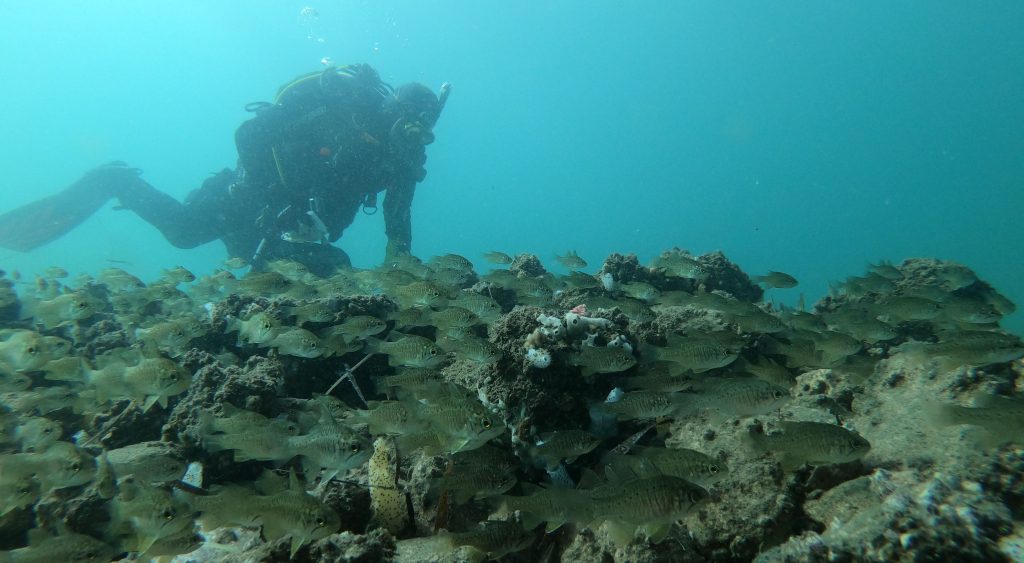
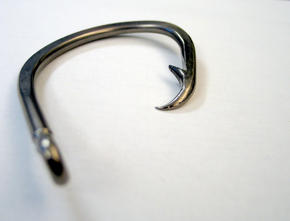
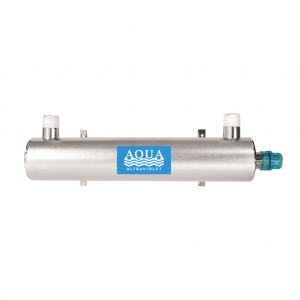
Small advances in the high dive to save our oceans are in play as we read this article.
Every little thing counts!
At Aqua UV, we admire Aquatic Life and understand the need for healthy waters.
Click here to see how you can change your home water.
#uvsterilizers #uvsterilizer #water #drinkingwater #cleanwater #overfishing #savethefish #savetheplanet #aquaultraviolet #aquauv #health #healthy
Sources and Further Readings:
Marine Science Today. Impact of Overfishing On Human Lives. (2008). http://marinesciencetoday.com/2014/04/09/impact-of-overfishing-on-human-lives/
Hill, Jacob. Environmental Science. (2020). https://www.environmentalscience.org/environmental-consequences-fishing-practices
World Wild Life, Protecting Turtles from the Threat of Bycatch. (2020). https://www.worldwildlife.org/initiatives/protecting-turtles-from-the-threat-of-bycatch
